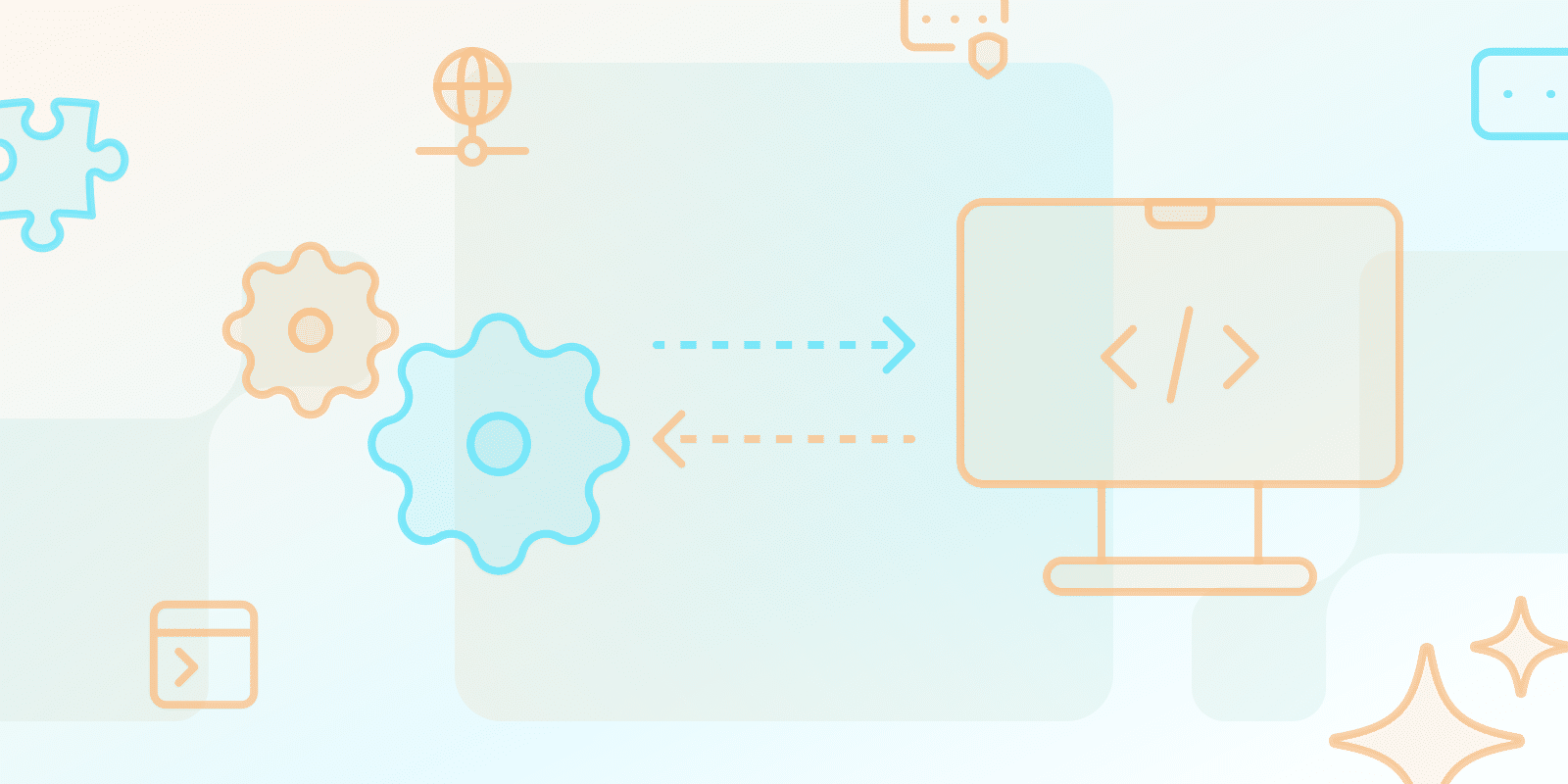Calcul sans serveur
Que sont les API et les points de terminaison ?

Que sont les API et les points de terminaison ?
Une API (interface de programmation d'application) est un ensemble de directives et de normes qui permettent à différentes applications logicielles d'échanger des informations et de fonctionner en coopération. Elle sert de connexion où une application peut utiliser directement des fonctionnalités ou des données appartenant à une autre application.
Un point de terminaison est une URL ou une adresse dans une API qui indique un objectif ou une fonction spécifique. C'est le point d'interaction par lequel une application envoie des requêtes et obtient des réponses de l'API.
Quelle est la différence entre un point de terminaison et une API ?
Une API peut être définie comme un accord qui définit la relation entre différentes applications. Elle décrit le point de terminaison, le format des données et la manière de créer une requête. Un point de terminaison est un point ou une adresse spécifique au sein de l'API où une application spécifique peut être organisée.
Quelle est la différence entre un webhook, un point de terminaison d'API et un SDK ?
- Un point de terminaison d'API fait référence à une URL au sein d'une API qui gère le traitement des requêtes et des réponses.
- Un webhook est une URL d'API spécifique qui reçoit des informations en temps réel ou un changement d'état basé sur un événement donné provenant d'une autre application.
- Le SDK (Software Development Kit) est un ensemble d'outils qui comprend des bibliothèques, des exemples et d'autres ressources pour faciliter le développement d'API. Il dispose de fonctions et de méthodes prédéfinies que les développeurs utilisent pour interagir avec l'API sans développer tout le code requis.
| Caractéristique | Webhook | Point de terminaison d’API | SDK |
|---|---|---|---|
| Définition de base | |||
| Objectif principal | Recevoir des notifications push en temps réel | Gérer des demandes et des réponses spécifiques | Fournir des outils et des bibliothèques de développement |
| Type de communication | Basé sur les notifications push | Requête-réponse | Support au développement |
| Caractéristiques techniques | |||
| Transmission de données | Mises à jour déclenchées par des événements | Lancement manuel des requêtes | Bibliothèques de code prédéfinies |
| Complexité de mise en œuvre | Spécialisé, spécifique à l'événement | Protocole de communication standard | Cadre de développement complet |
| Exemples de cas d'utilisation | |||
| Application typique | Notifications de la passerelle de paiement | Récupération et soumission de données | Intégration API simplifiée |
Un webhook est-il identique à une API ?
Il est important de noter qu'un webhook fonctionne différemment d'une API. Un webhook est un type spécialisé de point de terminaison d'API développé dans le but de recevoir des notifications push en temps réel d'une autre application. L'API généralise un ensemble de règles et de spécifications pour la communication entre les applications qui peuvent inclure différents types de points de terminaison.
Quel est un exemple de point de terminaison webhook ?
Un exemple de point de terminaison de webhook est lorsqu'une passerelle de paiement envoie une notification à une application de commerce électronique après qu'une transaction a été effectuée. Les webhooks sont toujours basés sur le push, ce qui implique que l'application source envoie des données au point de terminaison du webhook lorsqu'un événement spécifique l'active.
Quelle est la différence entre API et sans serveur ?
Une API détermine comment deux ou plusieurs applications communiqueront tandis que l'informatique sans serveur est une forme d'informatique en nuage où le fournisseur de services en nuage contrôle et se procure les ressources informatiques selon les besoins. Les API bénéficient souvent d'une architecture sans serveur, permettant aux développeurs de se concentrer sur le développement de la logique essentielle de l'API sans s'engager dans la gestion ou la mise à l'échelle du serveur. L'API fonctionne sur un modèle de paiement à l'utilisation facturant uniquement le temps de calcul réel utilisé pendant les requêtes API.
- Pendant le développement de l'API, il est important de se concentrer sur la documentation de l'API et les noms choisis pour les points de terminaison qui améliorent l'expérience du développeur.
- Découvrez les outils de test d'API tels que Postman pour faciliter le travail des développeurs et les processus de débogage.
- Pour les débutants, choisissez un framework sans serveur comme AWS Lambda ou Azure Functions pour faciliter la prise en main.
Conclusion
Il est important de se familiariser avec les spécificités des API, des points de terminaison, des webhooks et des environnements informatiques sans serveur dans le contexte actuel du développement logiciel.
Les API sont le fondement de l'intégration d'applications, les points de terminaison sont les points d'interaction au sein d'une API, les webhooks sont utilisés pour la surveillance des événements en temps réel et le serverless fournit un modèle d'exécution efficace et abordable pour les API.
La compréhension de ces concepts permet aux développeurs de prendre des décisions éclairées concernant la sélection d'API pour différentes applications qui sont alignées sur les exigences des utilisateurs.